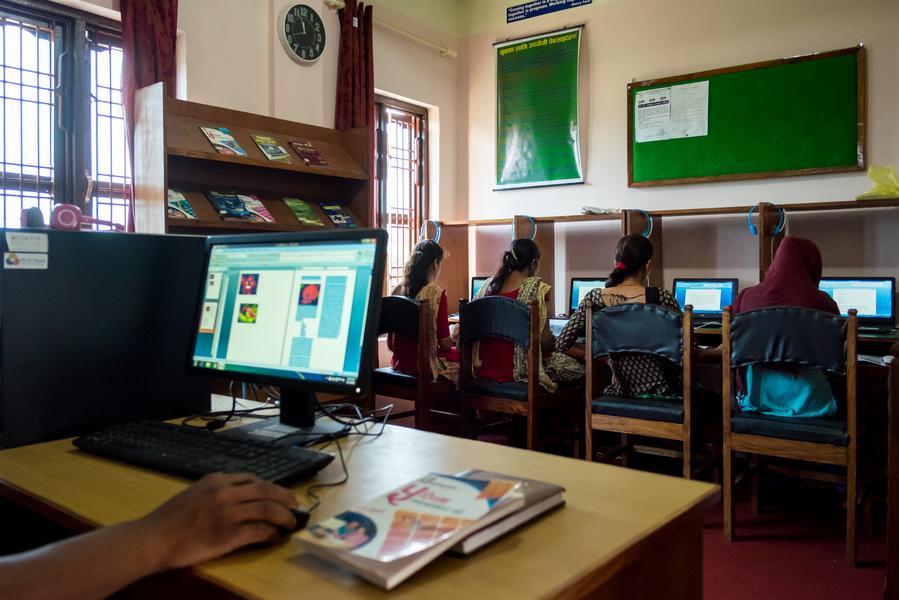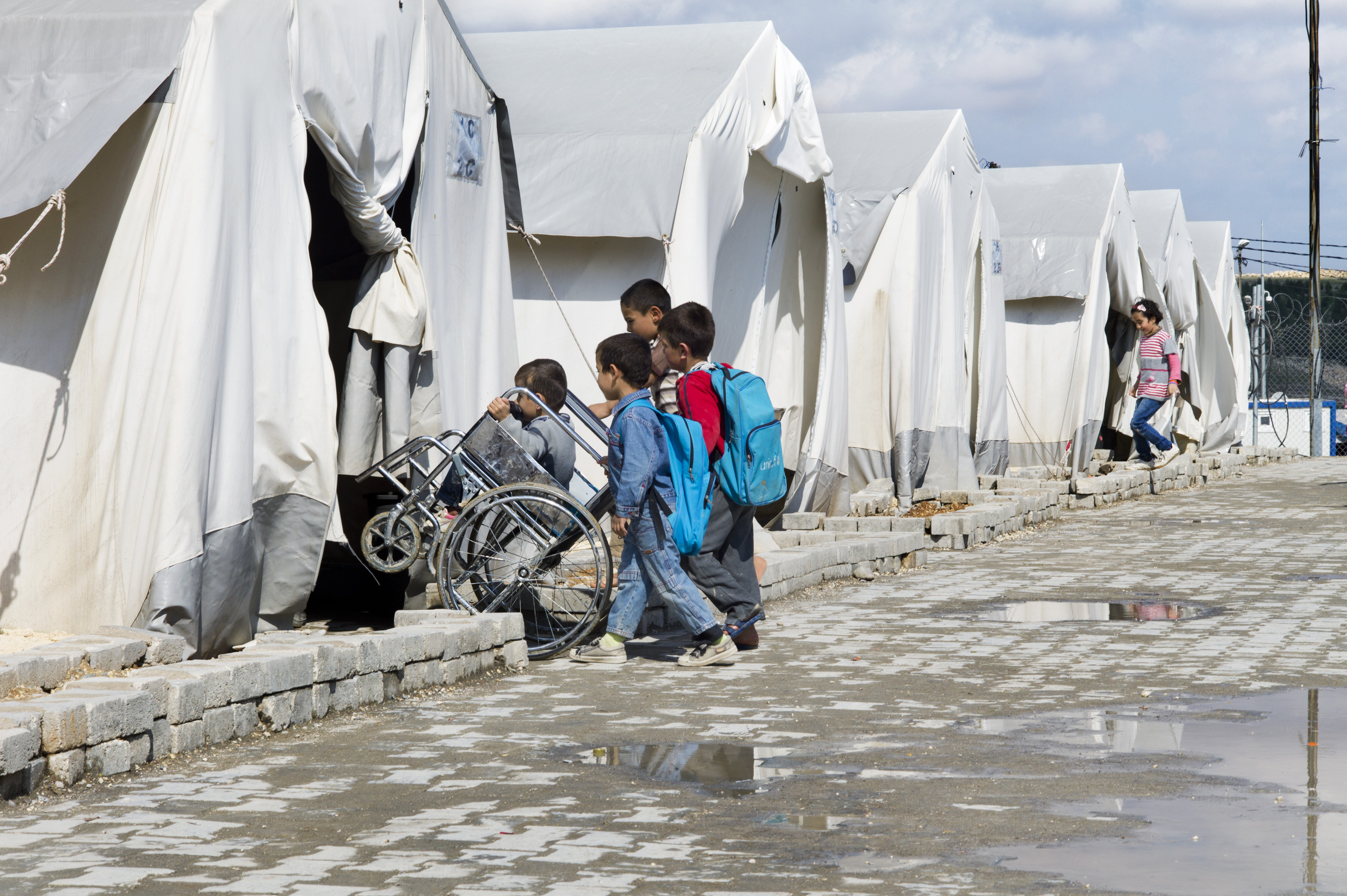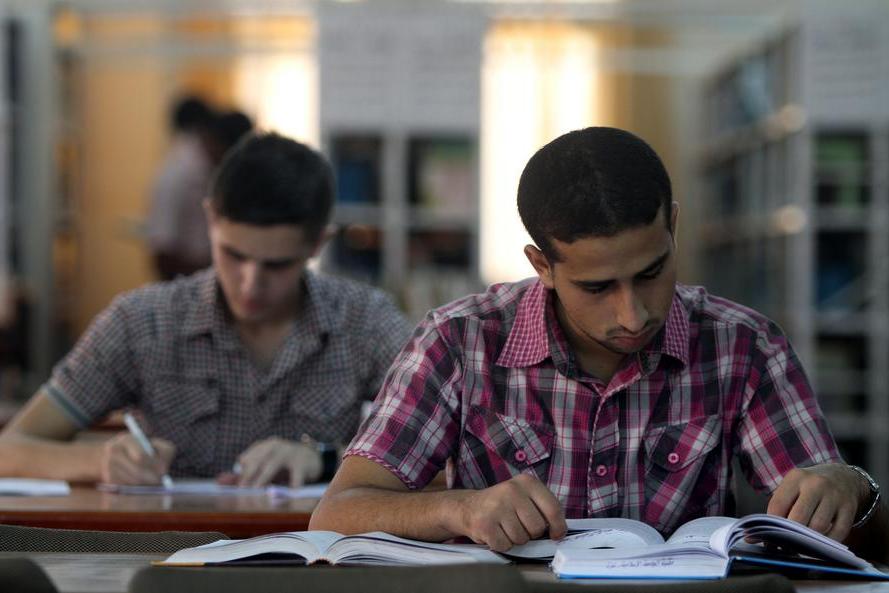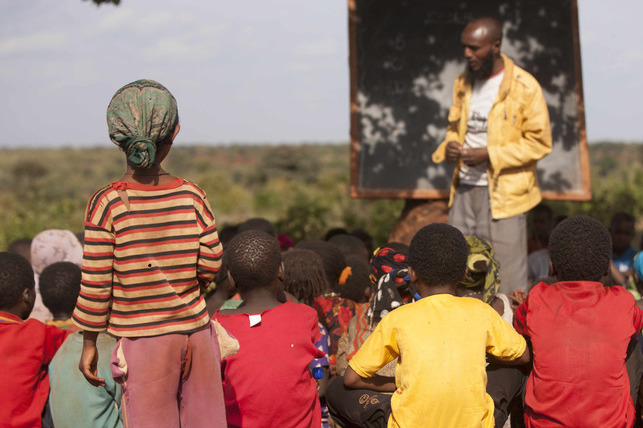Context and Issue
In several countries across West and Central Africa, including Benin, Burkina Faso, Guinea-Bissau, Liberia, Madagascar, Mali, Niger, Senegal, Sierra Leone, and Togo, which rank among the poorest nations globally, marginalized groups such as girls, children from impoverished households, and children with disabilities (CwDs) face significant barriers to accessing education. For instance, Mali has the highest percentage of out-of-school children (OOSC) in Africa, at approximately 51 percent. In Burkina Faso, Niger, and Senegal, more than 30 percent of school-aged girls will never enter the formal education system. In Bissau, 26.9 percent of girls do not currently participate in primary education, and in Madagascar, 39 percent of OOSC come from the poorest households.
Furthermore, in developing countries, disability is often linked to poverty, hindering access to education. It is estimated that 90 percent of CwDs are not enrolled in schools. According to UNICEF reports, identifying as disabled significantly influences the likelihood of education exclusion in West and Central Africa. Factors at the school, community, and systemic levels include a lack of accessible school buildings, limited understanding of different forms of disability and the needs of girls and boys with disabilities, a shortage of teachers trained for inclusive settings, inflexible and inaccessible curricula, inadequate learning materials and examination systems, social stigma that excludes CwDs from interaction with broader society, and insufficient data about CwDs, making it challenging to develop policies addressing the specific constraints these children face.
Solution
In response to these challenges, Humanity & Inclusion (HI) initiated the 'Towards a Universal Access for Vulnerable Girls and Boys to a Quality Primary Education' initiative, focusing on the most marginalized children excluded from primary education. The project employed a two-pronged approach to interventions to help OOSC overcome obstacles to their schooling. Firstly, it established multi-sector care for targeted children by strengthening links between school stakeholders (health, education, social, community, and parents). Secondly, it created 'bridge' mechanisms that offered education adapted to children's specific needs and supported their inclusion in mainstream schools.
Moreover, the project built the capacities of key Ministry of Education (MOE) staff to design inclusive education systems, make current schooling models more inclusive, and advocate for keeping the issue of OOSC at the top of the regional agenda, especially concerning CwDs.
Impact
The initiative achieved remarkable success, enrolling 32,525 children in 2,036 partner schools across the 10 countries. It provided technical assistance and advocated for policy changes at multiple levels within the education systems to enshrine the principles of inclusion in policies, strategies, and plans.
Through awareness-raising and community mobilization activities, the project succeeded in changing attitudes and practices toward children with disabilities and other vulnerable groups, enabling their enrollment and success in primary schools. It organized "Parents' Clubs" as support groups and communities of practice, supporting the implementation of 467 local Parent Club initiatives such as income-generating activities and school assistance for the most vulnerable.
To foster inclusive environments, the project trained 21,397 teachers, principals, and inspectors on inclusive education principles and methodologies, contributed to creating inclusive classrooms through accessible and inclusive teaching and learning materials and implemented learner-centered approaches, differentiated learning, and child-to-child support. It also improved the accessibility of school environments through the construction of ramps and adapted toilets, the introduction of accessible communication and pedagogical materials, the establishment of inclusive school governments, and activities focused on the full participation of all children in school.
Furthermore, the project developed and implemented innovative methodologies, such as the itinerant teacher system, training 22 itinerant teachers in sign language, Braille, and adaptive teaching approaches for children with intellectual impairments.













